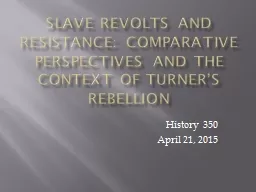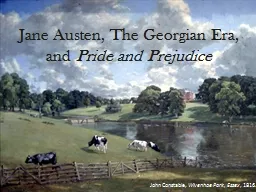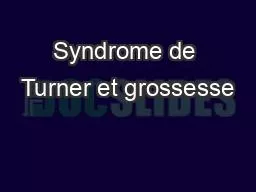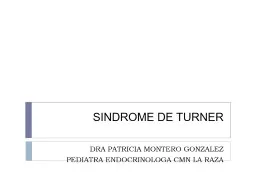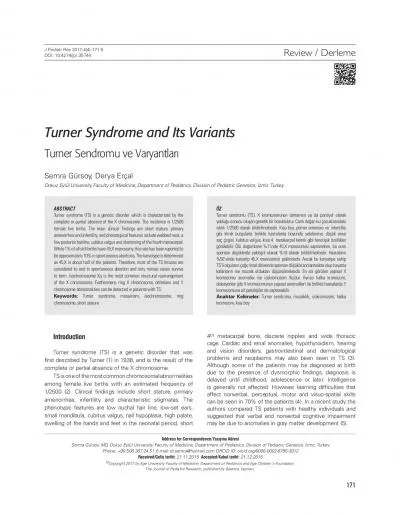PPT-By: Donnia Turner EDLD 8434
Author : olivia-moreira | Published Date : 2020-04-06
California Community College System BACKGROUND HISTORY Upward Extension Law Progressive Era Past high school experience 1910 First junior college Fresno High
Presentation Embed Code
Download Presentation
Download Presentation The PPT/PDF document " By: Donnia Turner EDLD 8434" is the property of its rightful owner. Permission is granted to download and print the materials on this website for personal, non-commercial use only, and to display it on your personal computer provided you do not modify the materials and that you retain all copyright notices contained in the materials. By downloading content from our website, you accept the terms of this agreement.
By: Donnia Turner EDLD 8434: Transcript
Download Rules Of Document
" By: Donnia Turner EDLD 8434"The content belongs to its owner. You may download and print it for personal use, without modification, and keep all copyright notices. By downloading, you agree to these terms.
Related Documents



